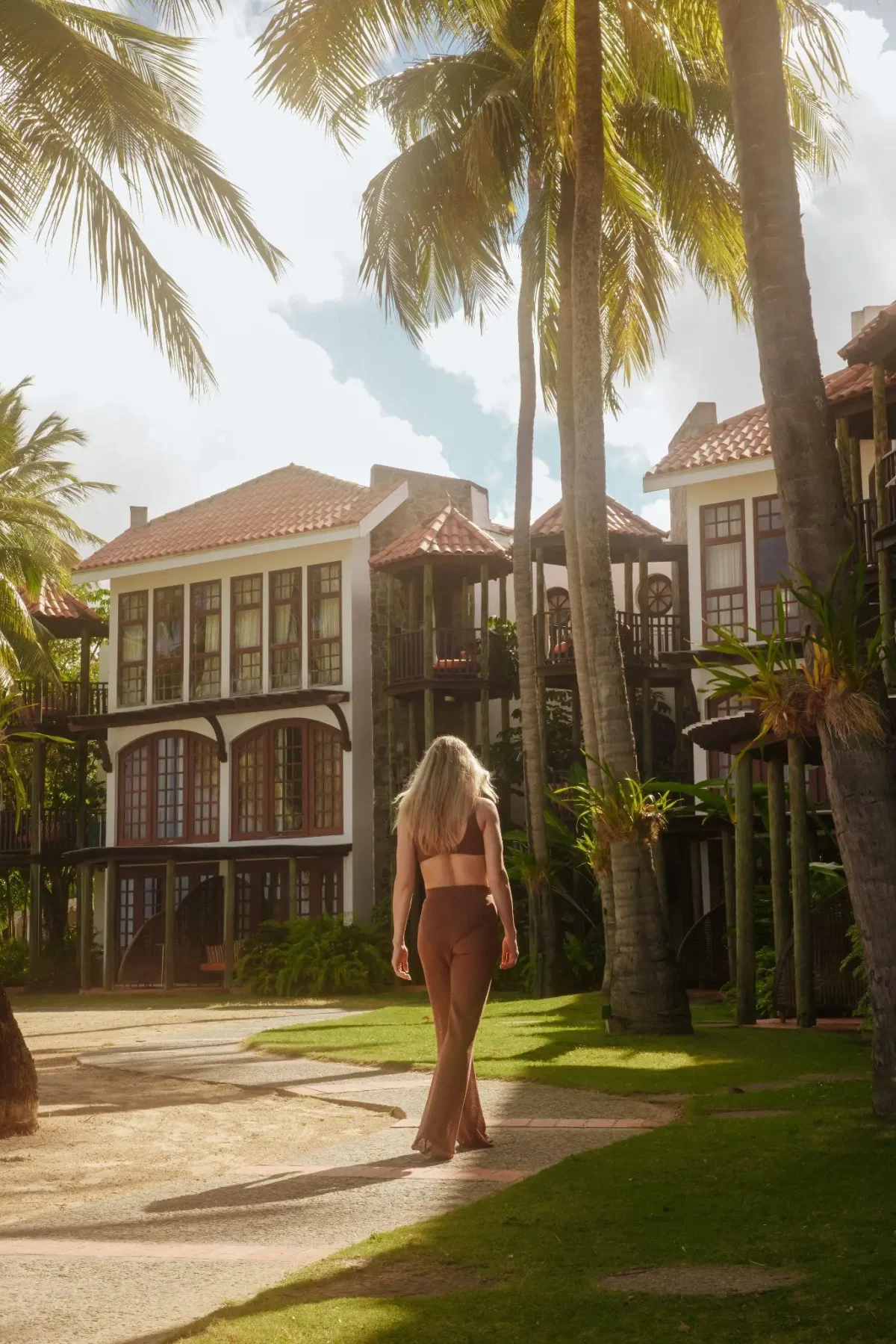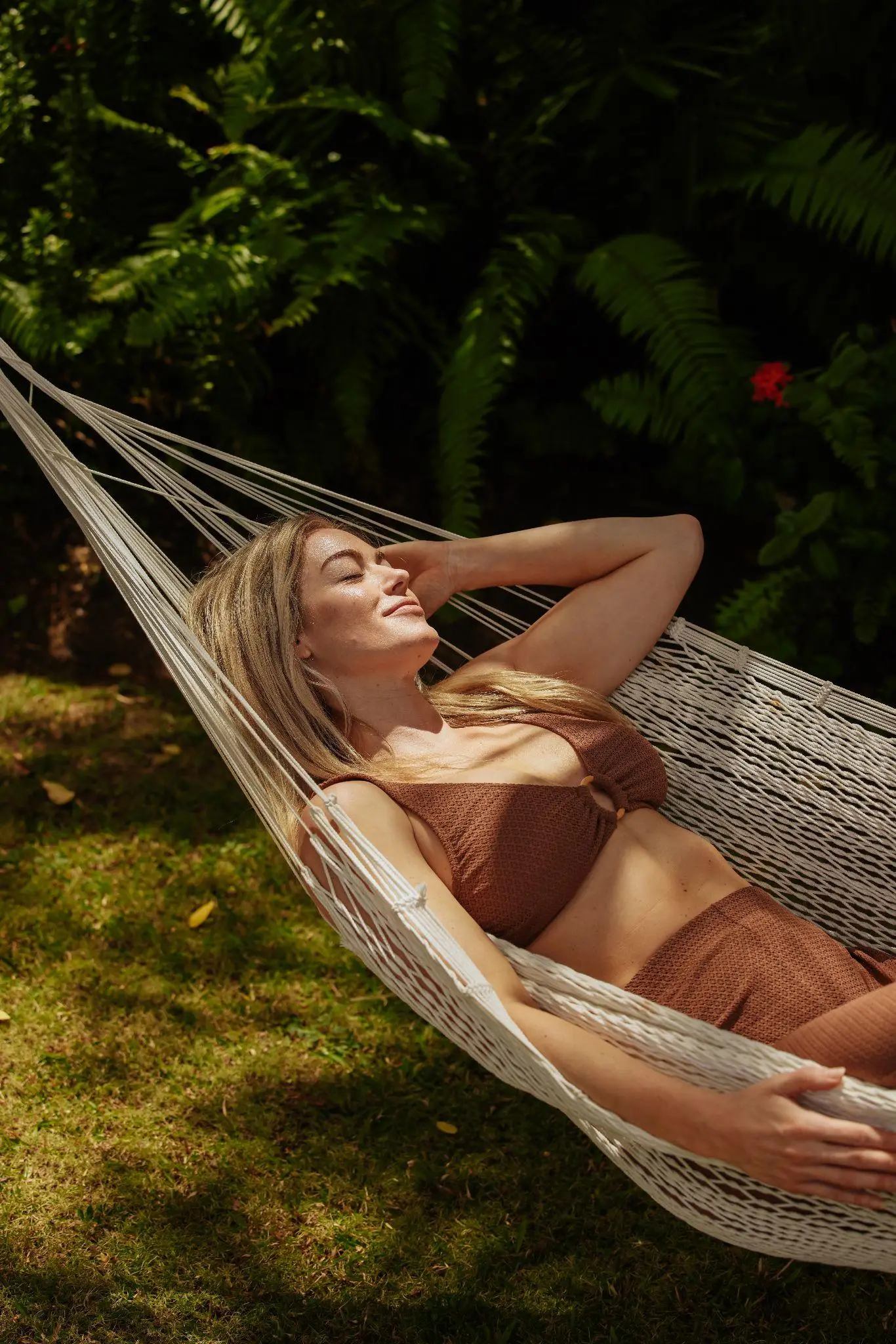Most people consider movement, mindfulness practices, or nutrition when thinking about wellness. However, it’s not only found in yoga poses or spa rituals. Your surroundings also impact your wellness. The places we occupy can drain or refill our energy, soothe or agitate our minds, and calm or create quiet turbulence. The shape of a room, its colours, light, and materials influence how we feel, how we rest, and how we think.
In wellness-based travel, the designers and resorts are redefining this connection on keen emotional and environmental levels. The journey to inner balance starts long before the massage or prep rituals; it’s primarily in the room the guest enters before any meditative practices. This is why choosing a St. Lucia all inclusive adults only resort like StolenTime can elevate the wellness experience, allowing a fully immersive, distraction-free environment.
The Psychology of Space: Why Design Matters to Your Mind
The design of every space directly impacts how our mind interprets feelings of safety and comfort. Spaces with open layouts, calming natural light, and uncluttered designs convey to the nervous system that it is safe to relax. When the environment is in tune with your body, it naturally releases tension.
Studies in environmental psychology have shown that natural light improves serotonin levels, while high ceilings and expansive views promote creative thinking and deep breathing. Conversely, harsh lighting, clutter, and low ceilings can activate the body’s stress response.
This is the reason some environments provide comfort while others evoke oppression and discomfort. Beautiful architecture can provide therapy. The best designed spaces encourage us to de-stress and unwind, to breathe, and embrace the joy of being home. Choosing an all inclusive resort in St. Lucia like StolenTime allows this experience to be continuous, from sunrise to sunset.
Nature as the Ultimate Designer
There’s a reason why some wellness architecture employs the ideas and principles of Biophilia or the integration of living elements into built environments. Biophilic design is one of the most dominant concepts of our times.
Studies show that being around natural materials such as wood, stone, and linen positively impacts blood pressure and heart rate. Emotions can even change with the presence of a sea view or the scent of salty air. Nature’s colours, such as the blue ocean, green leaves, and beige stones, soothe our minds and calm our bodies as we associate them with safe environments.
This connection between architecture and nature is even stronger in a tropical destination like St. Lucia. Spaces that truly invite the outdoors in, like those with open terraces, ocean views, and natural ventilation, restore the nervous system and achieve a beauty that goes beyond the visual.
The Sound of Stillness: Acoustic Wellness
Wellness architecture is a field where sound design is frequently disregarded. Stillness encourages inward contemplation, which mitigates stress. Allowing the body to rest is essential to good health. The sound of palm fronds swaying in the wind and the faint calls of tropical birds in the distance can instil a body to a restful rhythm.
Wellness resorts are becoming more thoughtful about their use of space and sound. They position rooms to avoid mechanical noise, use sound-absorbing materials, and design their space so the natural sounds of the sea are part of the experience. This type of planning is disabling noise and therefore using sound scientifically in the service of calm.
Light, Colour, and Emotional Balance
Light can influence how we perceive time and feelings. In the mornings, exposure to sunlight and circadian rhythm influence sleeping patterns, and sleep. The evening soft warm hues facilitate the body to sleep.
Colours also influence our state. Blue and green, soft neutrals, and natural elements offer calmness. Relaxation can become hard with overstimulating harsh white and synthetic coloured surfaces.
Like StolenTime, many wellness spaces draw design and functional elements from the island. A palette based on muted Caribbean blues, driftwood creamy whites, and wooded greens conjure restful imagery. More than functional beauty, the design gives rhythm to space and visual elements to stimulate peacefulness and calmness.
Spatial Flow: The Art of Movement Within Stillness
An inviting wellness room doesn’t require large space. What it needs is flow. The arrangement of furniture, the circulation of movement, and the placement of light all contribute to the comfort and ease felt by a guest.
Easily navigable spaces promote physical relaxation. In contrast, tightly packed, cluttered spaces raise cortisol levels. Warm and inviting minimalism is not about emptiness, but instead about freeing the mind of distraction. Wellness architects create calm by applying order and symmetry. Even small details, such as a bed facing a view of the ocean or a sitting area surrounded by soft light, rest and rejuvenate a person deeply.
Personal Sanctuaries: The Modern Wellness Room
Today’s wellness traveller seeks more than a place to sleep—they want a restorative room. Wellness architecture incorporates elements like adjustable lighting that mimics natural daylight, natural materials, and aromatherapy diffusers to place a person’s health and well-being at the centre of design.
Some resorts provide a spa-style bathroom where water becomes part of the healing ritual, as well as meditation corners, and yoga decks. Other designers integrate art, scent, and tactile elements to harmonise a space. At its best, a wellness room becomes an invisible therapist—offering a soothing presence without uttering a single word.
Case Study in Serenity: The Oceanfront Terrace Room at StolenTime
At StolenTime, this philosophy is beautifully embodied in the Oceanfront Terrace Rooms — a space where architecture, design, and nature unite to nourish the senses.
Located just steps away from the water, these rooms are designed not just for comfort, but for connection. The moment you enter, you are greeted by soft, natural light and wide glass doors that open onto a private terrace with a view of the Caribbean Sea.
The terrace itself feels like an extension of the room, seamlessly merging the restful interior to the expansive exterior. The space is an invitation to breathe deeply, listen to the rhythm of the waves, and simply be.
Inside, every element is curated to evoke ease. The neutral tones and organic materials done in whitewashed wood, woven textures, and hints of sea blue, break down the beachscape and design. You instinctively begin to slow down and breathe deeply, and air feels fresher.
Each part contributes to support wellness: Unique beds engineered for restorative sleep, bathrooms outfitted with natural stone, and lighting that’s thoughtfully designed to shift gently from day to night. The silence, absence of clutter, and minimalist approach act in concert to induce calm, making every minute on the terrace a meditation.
Here, the architecture moves beyond simply being luxurious; it communicates a deeper purpose of alignment. The open-air layout of the space, the designed senses, and the natural soundscape each work in concert for a soft yet firm therapeutic architecture. Guests, simply by being, return to a state of calm in the space, no “doing” required. Choosing St. Lucia adults only resorts such as StolenTime allows visitors to experience this level of peace and privacy, elevated further by all inclusive adults only offerings
The Wellness We Build Around Us
Architecture and design serve a higher purpose. They influence the way we think and feel, the way we work and rest, and the way we love and live.
Take StolenTime’s Oceanfront Terrace, for example. Thoughtful design turns a room into a living meditation, helping you reconnect with peace, simplicity, and the present moment.
Next time you enter a room and find yourself exhaling, remember you’re experiencing a form of wellness too. It’s a wellness you don’t have to practice; it’s wellness you can construct—especially when staying at an all inclusive resort in St. Lucia that prioritises holistic experience.




